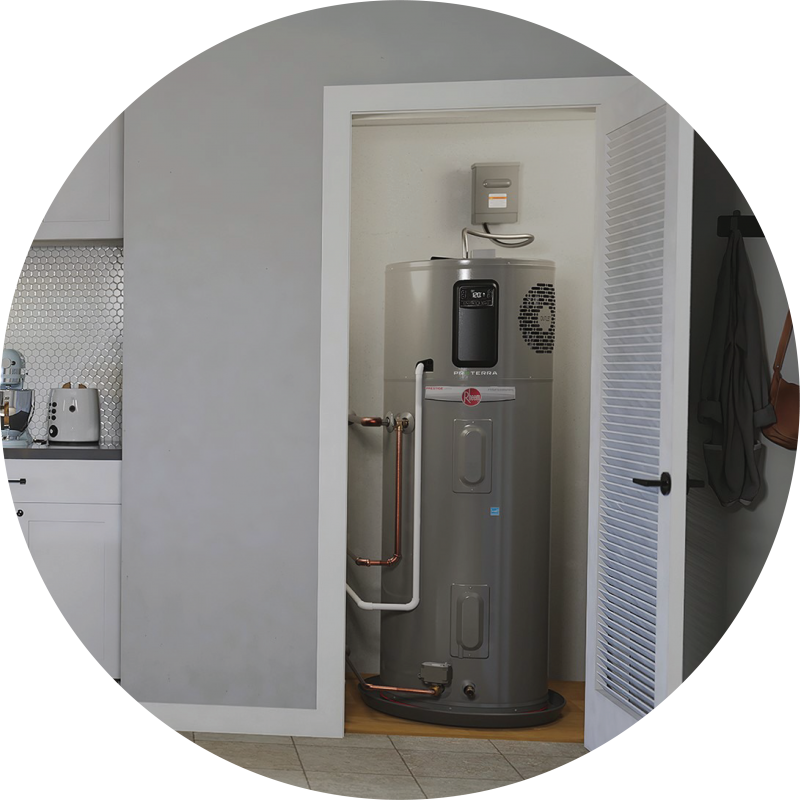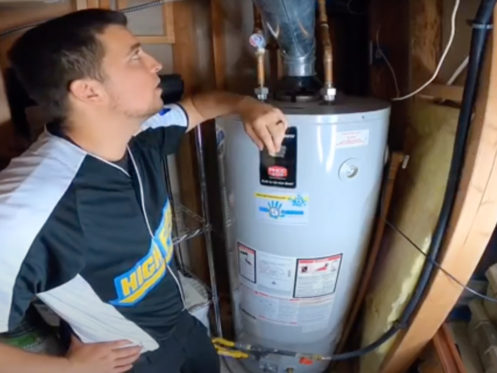On this page underneath you will find some really good advice relating to How to Maintain Your Water Heater & Prolong its Life.

Warm water is crucial for day-to-day convenience, whether it's for a rejuvenating shower or cleaning dishes. To ensure your warm water system runs effectively and lasts longer, regular upkeep is crucial. This short article provides functional suggestions and understandings on exactly how to keep your home's hot water system to avoid disturbances and expensive repairs.
Intro
Keeping your home's warm water system could appear overwhelming, yet with a couple of basic steps, you can guarantee it runs smoothly for years to come. This guide covers whatever from understanding your warm water system to do it yourself maintenance pointers and knowing when to call in specialist help.
Importance of Maintaining Your Warm Water System
Routine maintenance not only expands the life expectancy of your hot water system but additionally ensures it runs effectively. Overlooking upkeep can cause lowered performance, greater power costs, and also premature failure of the system.
Indications Your Warm Water System Needs Upkeep
Knowing when your warm water system requires focus can protect against major issues. Look out for signs such as irregular water temperature level, unusual sounds from the heating unit, or corroded water.
Flushing the Water Heater
Flushing your water heater eliminates sediment build-up, improving efficiency and lengthening its life.
Monitoring and Changing Anode Rods
Anode poles prevent corrosion inside the tank. Checking and changing them when worn is critical.
Facility Concerns Calling For Expert Assistance
Examples consist of significant leakages, electric troubles, or if your hot water heater is continually underperforming.
Regular Expert Maintenance Perks
Specialist maintenance can include complete examinations, tune-ups, and ensuring conformity with safety and security criteria.
Checking and Readjusting Temperature Settings
Readjusting the temperature level settings guarantees optimal efficiency and safety.
Do It Yourself Tips for Upkeep
You can perform several maintenance jobs on your own to keep your hot water system in leading problem.
Looking for Leakages
Consistently inspect pipes and connections for leaks, as these can cause water damages and higher bills.
Comprehending Your Hot Water System
Before diving into maintenance tasks, it's useful to recognize the standard parts of your warm water system. Commonly, this consists of the water heater itself, pipelines, anode poles, and temperature level controls.
Monthly Maintenance Tasks
Routine regular monthly checks can aid capture minor problems prior to they escalate.
Evaluating Pressure Alleviation Valves
Checking the stress relief valve guarantees it works properly and avoids too much pressure accumulation.
Insulating Pipelines
Insulating warm water pipes minimizes heat loss and can save power.
When to Call a Professional
While DIY upkeep is helpful, some issues need expert proficiency.
Final thought
Normal upkeep of your home's warm water system is vital for effectiveness, longevity, and cost savings. By complying with these ideas and recognizing when to look for specialist help, you can guarantee a trustworthy supply of warm water without unanticipated disruptions.
How to Maintain an Instant Hot Water Heater
Before tinkering with your hot water heater, make sure that it’s not powered on. You also have to turn off the main circuit breaker and shut off the main gas line to prevent accidents. Also turn off the water valves connected to your unit to prevent water from flowing into and out of the appliance. 2. When you’re done, you have to detach the purge valves’ caps. These look like the letter “T” and are situated on either side of the water valves. Doing so will release any pressure that has accumulated inside the valves while at the same time avoid hot water from shooting out and burning your skin. 3. When the purge valves’ caps are removed, you have to connect your hosing lines to the valves. Your unit should have come with three hoses but if it didn’t, you can purchase these things from any hardware or home repair shops. You can also get them from retail stores that sell water heating systems. Read the user’s manual and follow it to complete this task properly. When the hosing lines are connected, open the purge port’s valves. 4. You should never use harsh chemical cleaners or solutions when cleaning your unit. Make use of white vinegar instead. It should be undiluted and you’ll probably use about 2 gallons. 5. Now flush your water heater. This task should probably take about 40 minutes. We can’t give you specific directions for this because the procedure is carried out depending on the type, model and brand of your heater. With that being said, refer to the user’s manual. 6. When you’re done draining the unit, you have to turn off the purge port valves again. Remove the hosing lines that you earlier installed on each of the water valves. Put the valve caps (purge port) back in their respective places and be very careful so as not to damage the rubber discs that are found inside these caps. 7. Now that everything’s back in place, check your user’s manual again to find out how to reactivate your water heating system. 8. Once it is working, turn one of your hot water faucets on just to let air pass through the heater’s water supply pipes. Leave the tap on until water flows smoothly out of it. https://www.orrplumbing.com/blog/2014/september/how-to-maintain-an-instant-hot-water-heater/

As an enthusiastic reader about What Kind of Maintenance Do Water Heaters Need?, I was thinking sharing that segment was beneficial. Sharing is nice. Helping people is fun. Thanks a bunch for being here. Return soon.
Here